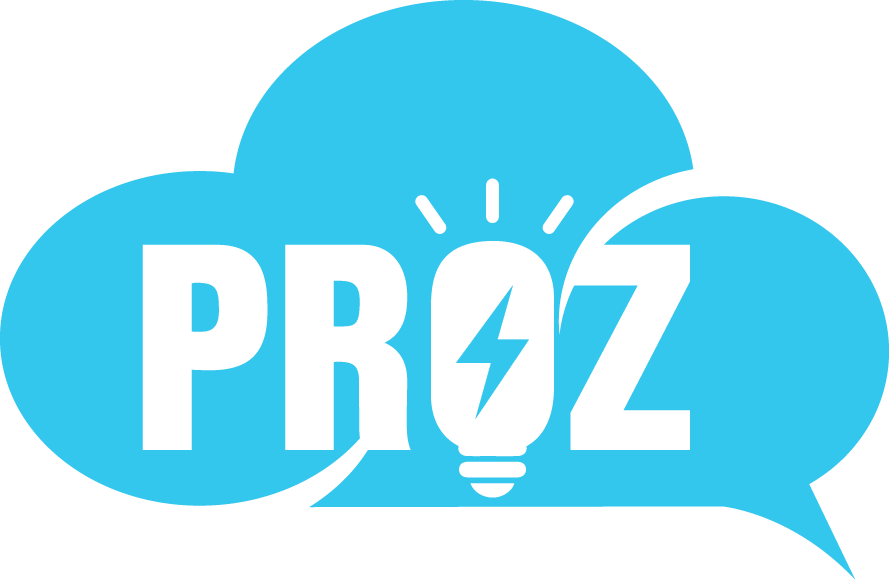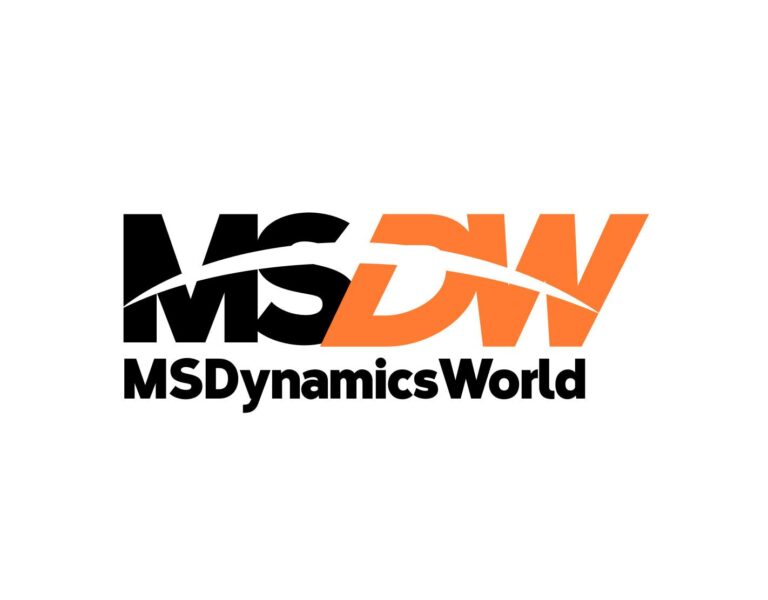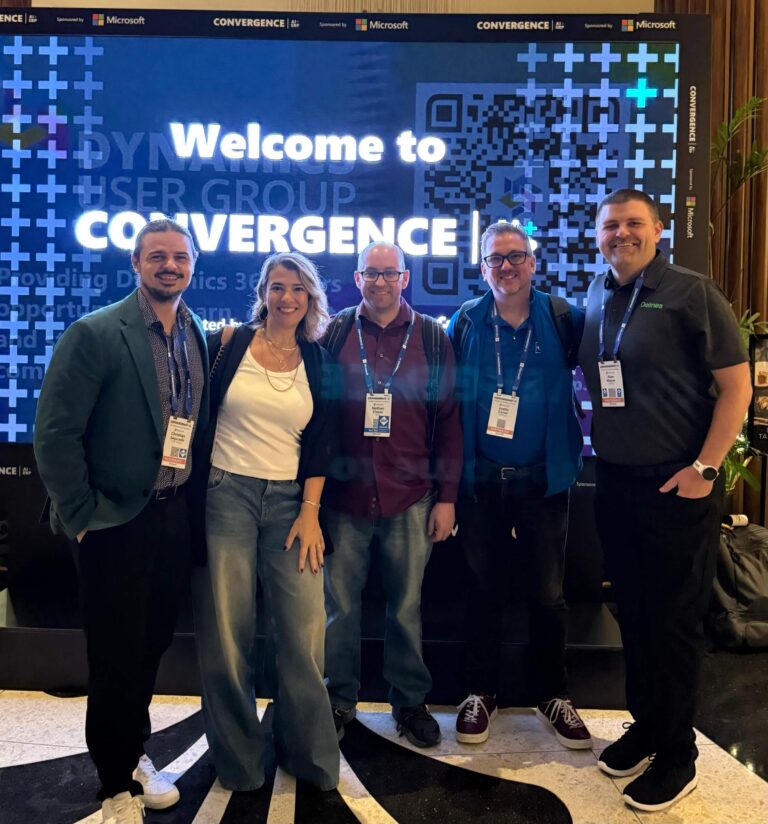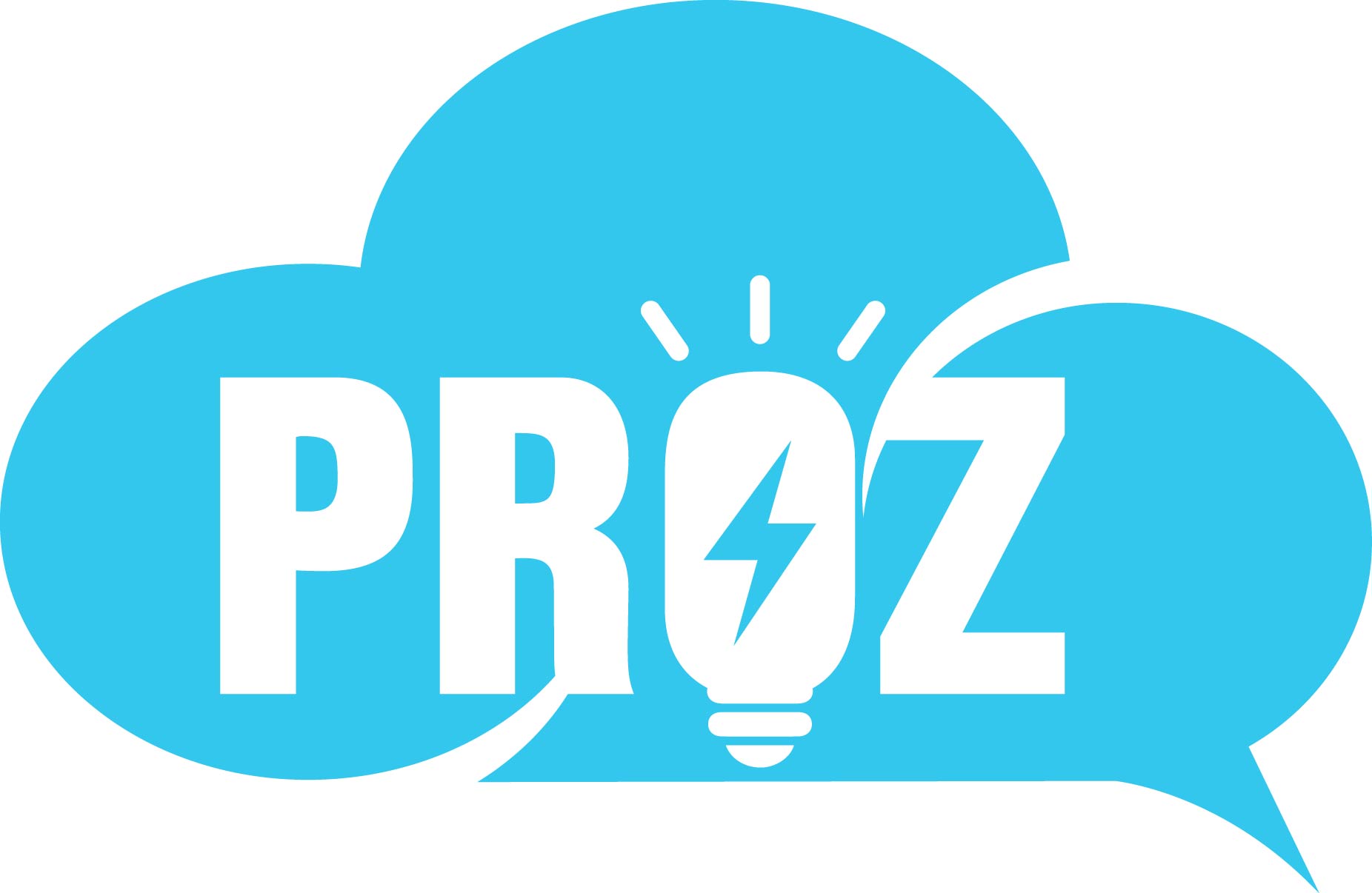Finding a responsive audience for your brand is one of the toughest puzzles to crack in marketing. The traditional approach of targeting a wide audience through various channels may not be the ideal strategy anymore. Instead, marketers should consider the concept of “moveable middles.” And, AI can help.
That was one of the most debated topics at a recent summit of marketers in Miami at Possible, a four-day conference exploring current issues impacting the marketing industry. I was fortunate to sit in on the exclusive, closed door CMO track at Possible. I also found time to talk with Lauri Palmieri, our SVP, Solution Engineering, onsite – watch our interview here.
There were four more hot topics on marketing leaders’ minds in addition to targeting the moveable middle:
- The CFO takes a bigger role in marketing
- How to experiment in the age of AI
- Creativity and risk-taking are back
- The concept of ‘community’ is changing
What exactly is a ‘moveable middle’?
The moveable middle framework suggests that instead of casting a wide net to appeal to everyone, you should focus on those who are most likely to consider your brand. Some argued that this approach allows you to be more specific with your marketing and build a more defined brand and voice. But, others argued that a broader reach, while less effective, is actually more efficient and makes more money. Either way, attendees agreed that AI tools can help you define that target audience and reach them with at the best time with the most impactful message.
Why it might work:
- Precision over breadth: Targeting the moveable middles means you’re not wasting resources on people who are unlikely to convert. This approach is more efficient and can lead to higher ROI.
- Emotional impact: By focusing on a smaller, more engaged audience, you can create more personalized and impactful experiences. For example, one team built an “imaginary friend” experience to align with a movie premiere, which had a significant emotional impact.
Actionable tip:
- Define your moveable middles: Use data and AI to identify the segments of your audience that are most likely to consider your brand. This will help you tailor your messaging and experiences to resonate with them.
1. The CFO takes a bigger role in marketing
As marketing takes a bigger role in architecting growth, the importance of partnering with the CFO in particular is rising. And that partnership means speaking the language of the CFO.
Why it works:
- ROI focus: Building structures that translate to performance ensures that your marketing efforts are driving real business results.
- Long-term vision: Don’t make it a binary decision. Look at your investments over the years and consider the lifetime value of your customers.
Actionable tips:
- Build a data-driven organization: Centralize your data and use AI to make unbiased decisions. This will help you drive ROI-based outcomes and build trust with your partners.
- Solve their problem first: When it comes to buy-in for your projects – especially in AI – work with your CFO (or really whatever partner) to figure out their biggest problem. Then, solve them together. If you solve partner problems first, you’re more likely to get their buy-in for your projects.
2. How to experiment in the age of AI
We heard over and over again that now is the time to experiment. The best advice is to start with a list of sticking points. Or even times in the day where your team has to get into multiple systems or apps to do one task. Look at that list and figure out where your easy wins are. Start with these for your experimentation.
Why it works:
- Find efficiencies: AI experiments, hackathons, etc. will identify the best efficiencies.
- Find leaders: These experiments will also surface who on your team will be the next leader.
Actionable tip:
- Make AI your default: This can be as a browser, app, whatever. When you make something the default, your team is forced to use it and learn it.
3. Creativity and risk-taking are back
Creativity was a recurring theme, and for good reason. It’s the express lane to business success, but it requires taking risks. It also requires bringing in customers and partners to tell your story.
Why it works:
- Emotional connection: Creativity allows you to create emotional connections with your audience, which can lead to increased brand loyalty and advocacy.
- Reputational transformation: When you have a reputational transformation, it’s better when other people do your storytelling for you.
Actionable tips:
- Listen to your fans: Do they have fun ideas for your menu or products? Make their ideas a reality! The brands that win tomorrow are the ones customers feel they’ve helped build.
- Combine agency and in-house efforts: If you have the resources, work with an agency to bring new ideas to life quickly. However, remember that the best ideas often come from within your organization. And always use AI to expedite your ideas.
- Shift from personalization to participation: Customers don’t want to be targeted—they want to be heard, involved, and co-authors of the experience.
- Make smart choices: Use AI to comb through all options and determine which are poised for the most impact.
Real influence doesn’t come from algorithms or impressions—it’s built through trust, relevance, and human connection. But, how?
New, creative partnerships are bridging the gap and opening diverse audience doors for brands to build their reputation and meet customer needs. Influence is earned, and we have the roadmap.
Why it works:
- New wider net: Partnering with another brand extends your reach.
- People are complex: Consumers are well-rounded people with lots of different interests, communities, etc. so you need a partner to reach them differently based on their unique needs.
Actionable tips:
- Get involved in digital subcultures: The next iconic campaign won’t be built in a boardroom—it’ll be co-authored on Discord, TikTok, or Roblox. Smart brands are embedding in digital subcultures to stay culturally fluent and commercially relevant.
- Forge unexpected alliances: Partner with brands in seemingly unrelated sectors, like a luxury carmaker teaming up with a streetwear designer for an exclusive capsule collection or a beauty brand co-creating a product line with a popular gaming streamer.
Navigating the future of marketing
Whether you’re ready or not, huge shifts are coming to marketing. These five hot topics from Possible should be on your radar. By implementing these strategies, you can create a powerful and effective marketing approach that drives real business results.
So, are you ready to take the risk and embrace the future of marketing? Innovation is waiting, and the AI tools needed to make dreams a reality are at your disposal. Let’s make it happen!
Hungry for more executive insights?
Check out our Executive Series on Salesforce+ for the latest top tier advice, event highlights, and actionable insights from leading execs.









